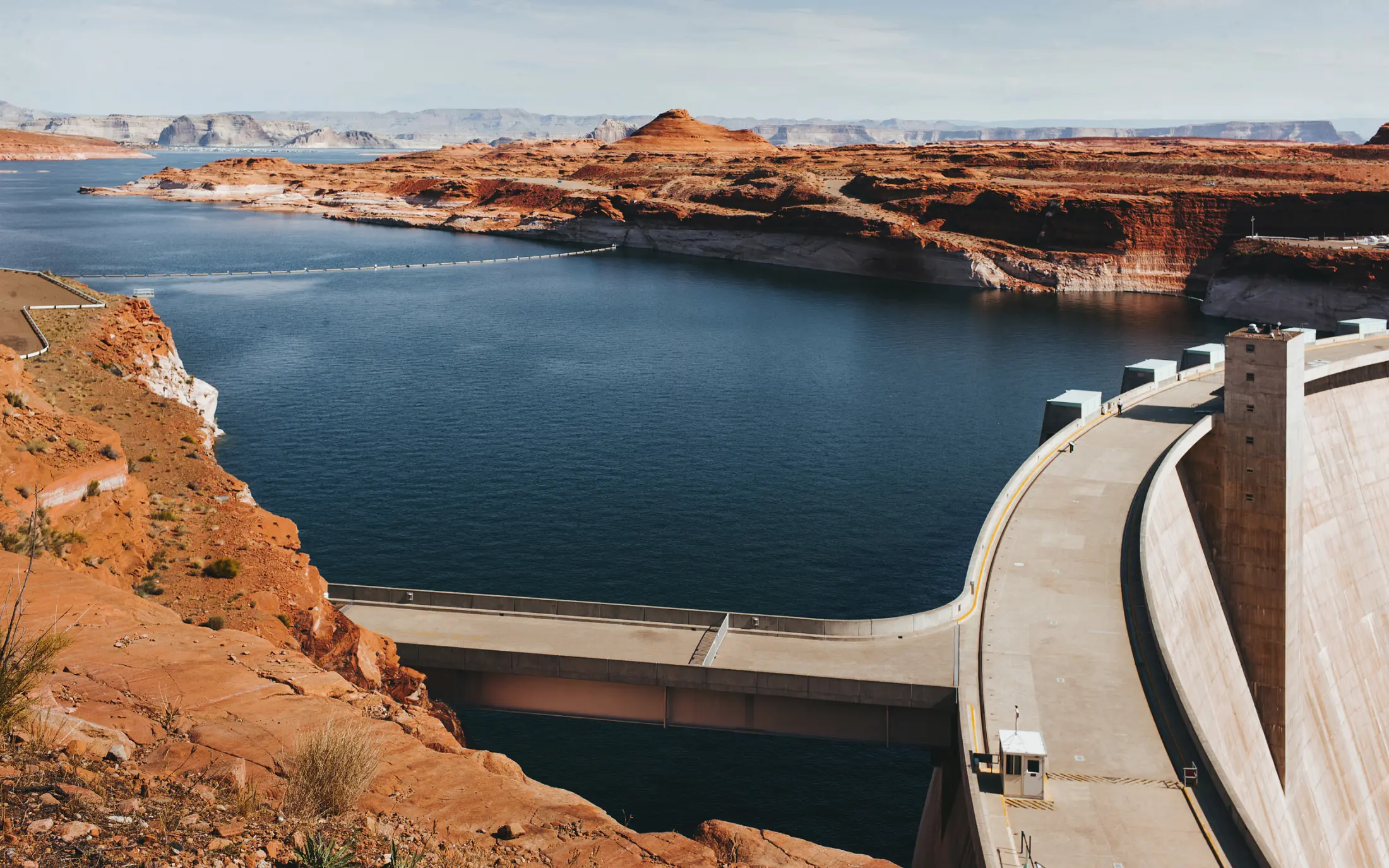Navigating Waters with Earth Observations
Covering over 70% of Earth’s surface, water sustains every area of life, from household needs to agricultural production, and from industrial applications to vital ecosystems. With the constant increasing demand and unpredictable climate changes, it’s becoming even more critical to monitor and protect our planet’s water resources.
With Earth observations, we can vastly enhance our understanding and management of water by:
- Tracking weather anomalies: Monitor and anticipate extreme weather patterns that impact water resources, such as prolonged droughts or unexpected flooding.
- Protecting against desertification and deforestation: Observe and trace the steady growth of deserts and deforestation, ensuring we maintain our planet’s green belt.
- Optimizing agricultural yields: Receive timely alerts on potential crop failures due to water scarcity or extreme weather, allowing for quicker responses and adjustments.
- Monitoring freshwater resources: Insight & data on our inland water resources to ensure they are used sustainably and kept clean for human consumption.
Beyond Surface Insights
Earth observations aren’t only about tracking changes; they’re about empowering nations and communities to make data-driven decisions for sustainable water management. This can include understanding the subtle shifts in river water levels, anticipating the needs of agricultural lands, or predicting how climate change might alter freshwater availability.
The Global Earth Observation System of Systems (GEOSS) plays a key role in this mission by unifying diverse water-related datasets. It provides an integrated perspective, improving forecasting models and ensuring that decision-makers, environmentalists, and communities can have the most accurate, up-to-date information.




